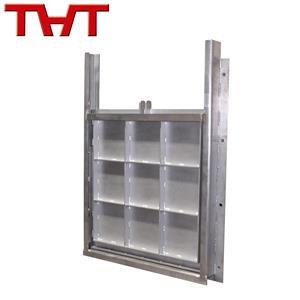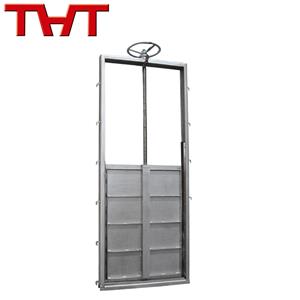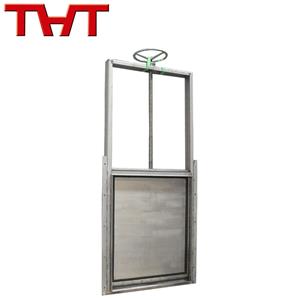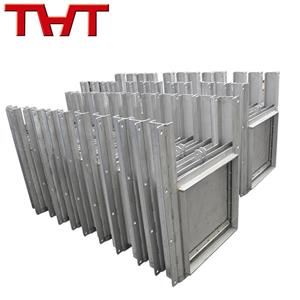What is a water hammer? How dangerous is it?
Water hammer is also called water hammer. It refers to the phenomenon that the flow rate changes suddenly and the pressure fluctuates greatly due to the sudden opening and closing of the valve and the sudden start and stop of the water pump during the transportation of water or other liquids. To put it more generally: a sudden power failure or a valve closing too fast, due to the inertia of the pressure water flow, a shock wave of the water flow is generated, just like a hammer, we call it water hammer.
The wall of the water supply pipeline is smooth, and the subsequent water flow will quickly reach the maximum under the inertia of the "accomplice", so it is easy to cause damage (such as damage to valves and pumps, etc.), which is the "water hammer effect" in hydraulics, also called positive water. On the contrary, the sudden opening of the valve or water pump will also produce a water hammer effect, which is called negative water hammer. Such a large fluctuation of pressure shock wave can easily lead to the rupture of the pipeline due to local overpressure and damage to the equipment. Therefore, the protection of water hammer effect is a key factor that must be considered in the design and construction of water supply pipeline engineering.
Conditions for water hammer:
1. The valve opens or closes suddenly;
2. The pump unit suddenly stops or starts;
3. A single pipe delivers water to a high place (the height difference of the water supply terrain exceeds 20 meters);
4. The total head (or working pressure) of the pump is large;
5. The water velocity in the water pipeline is too large;
6. The water pipeline is too long and the terrain changes greatly.
7. Irregular construction is a hidden danger in water supply pipeline engineering
The production of cement thrust piers for joints such as tees, elbows, and reducers does not meet the requirements.
The dangers of water hammer:
Cause the pipeline to vibrate strongly, and the pipeline joint is disconnected;
Destroy the valve, the serious pressure is too high, causing the pipeline to burst, and the pressure of the water supply network is reduced;
On the contrary, if the pressure is too low, it will lead to the collapse of the pipe, and also damage the valve and fixing parts;
Cause the pump to reverse, damage the equipment or pipelines in the pump room, cause serious flooding of the pump room, cause personal casualties and other major accidents, affecting production and life.
Protective measures to eliminate or reduce water hammer
1. Reducing the flow rate of the water pipeline can reduce the water hammer pressure to a certain extent, but it will increase the diameter of the water pipeline and increase the project investment. When arranging water pipelines, it should be considered to avoid hump or sudden changes in slope as much as possible
Reduce the length of the water pipeline, the longer the pipeline, the greater the water hammer value when the pump is stopped. Change from one pump station to two pump stations, and connect the two pump stations with suction wells.
The size of the water hammer when the pump is stopped is mainly related to the geometric head of the pump room. The higher the geometric head, the greater the water hammer value when the pump is stopped. Therefore, a reasonable pump head should be selected according to the actual local conditions.
After the pump is stopped in an accident, the pump should be restarted after the pipeline is filled with water after the check valve.
When starting the pump, do not fully open the pump outlet valve, otherwise there will be a great water shock. Major water hammer accidents in many pumping stations mostly occur in this situation.




